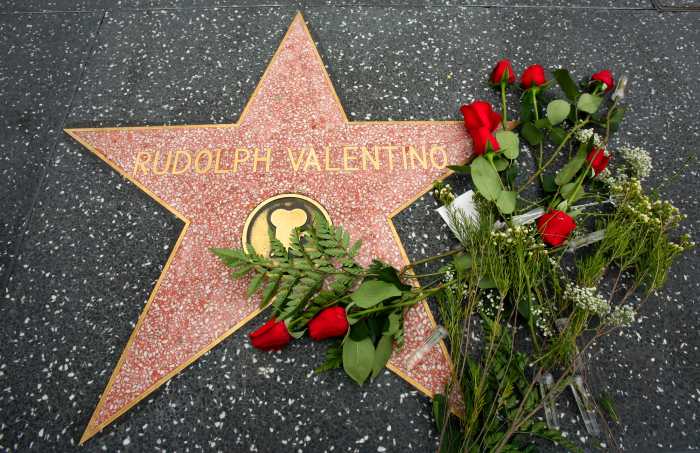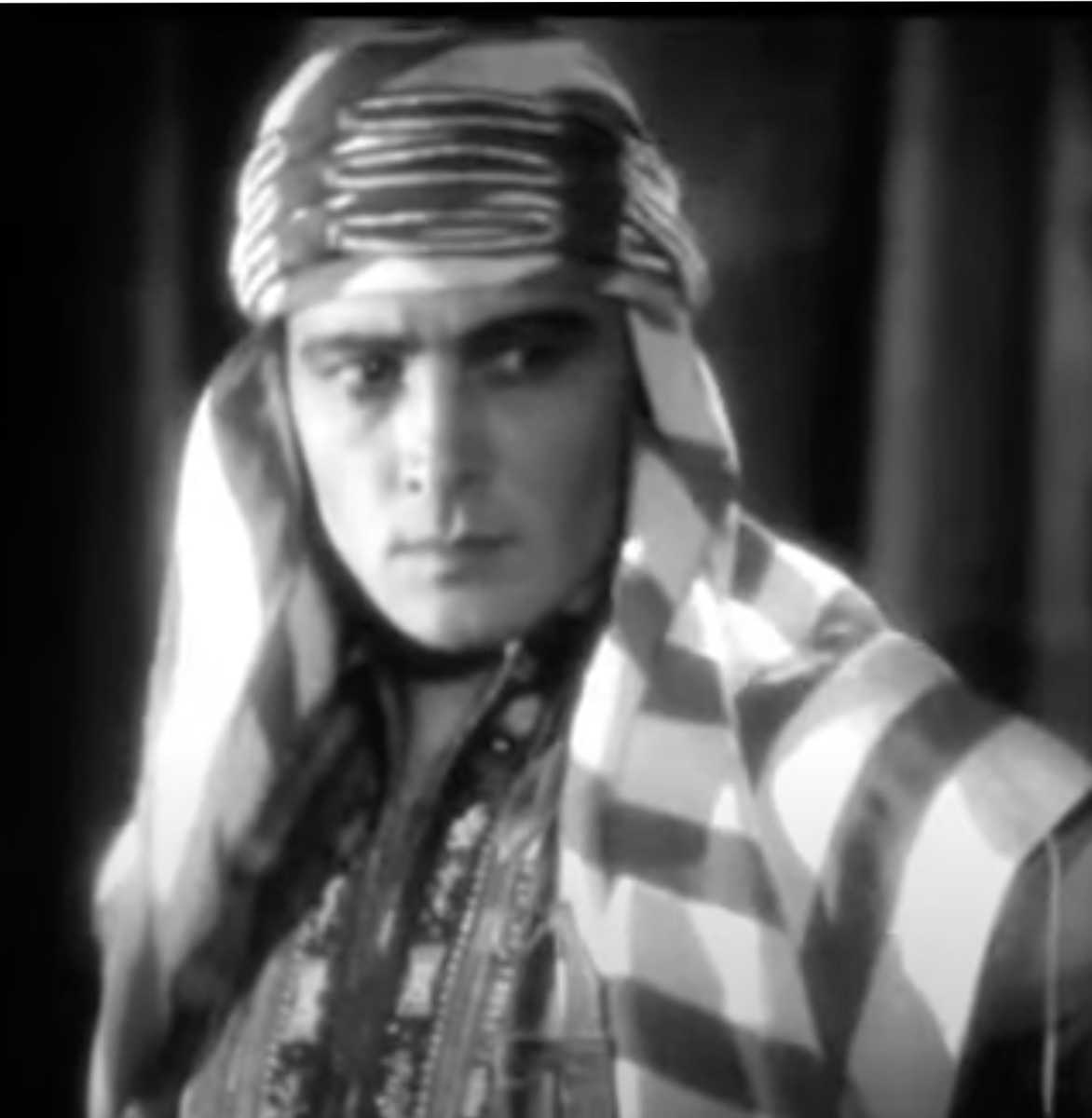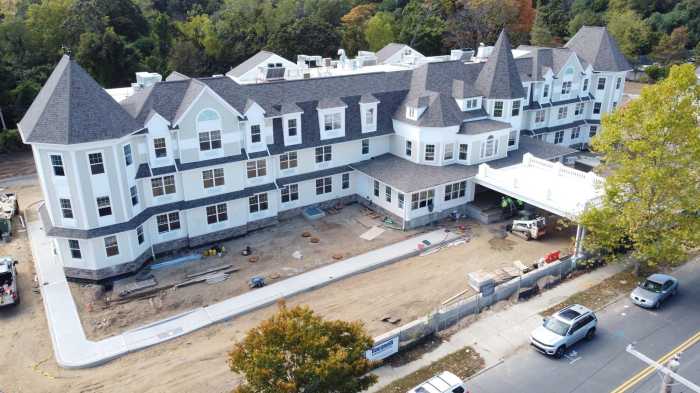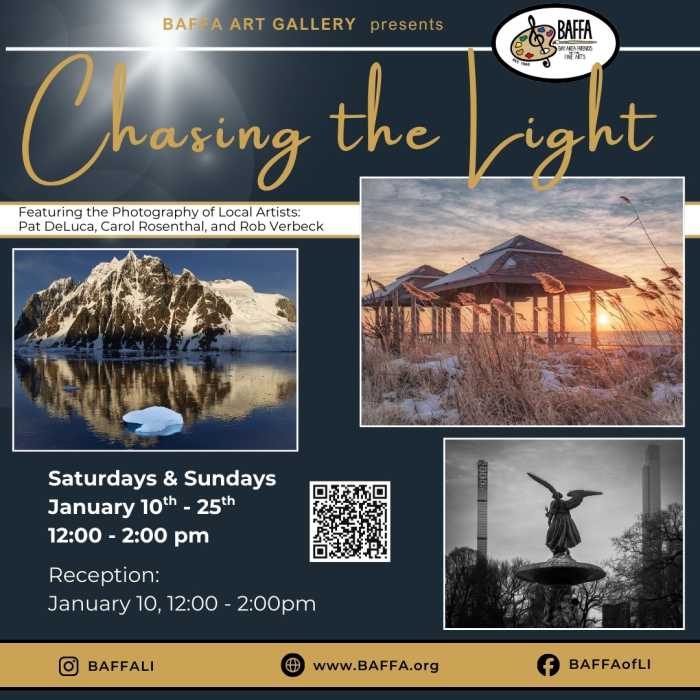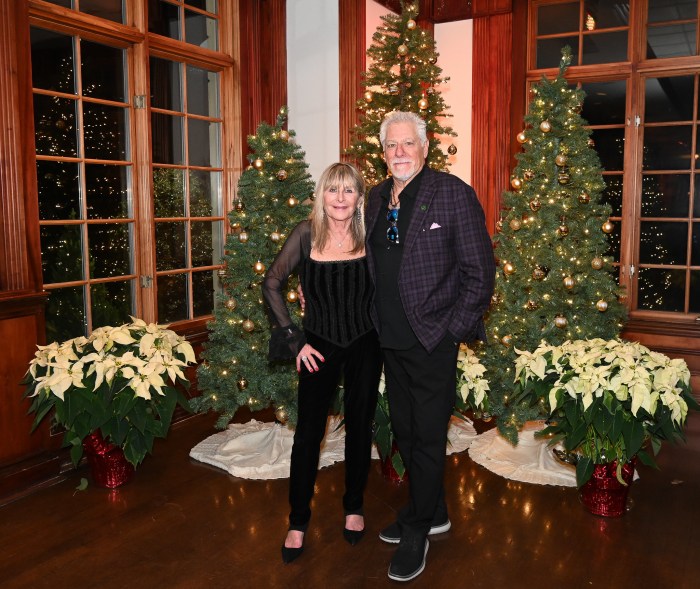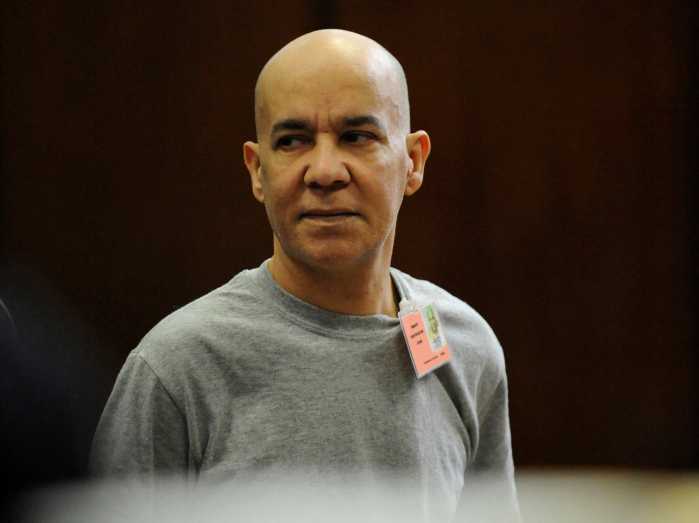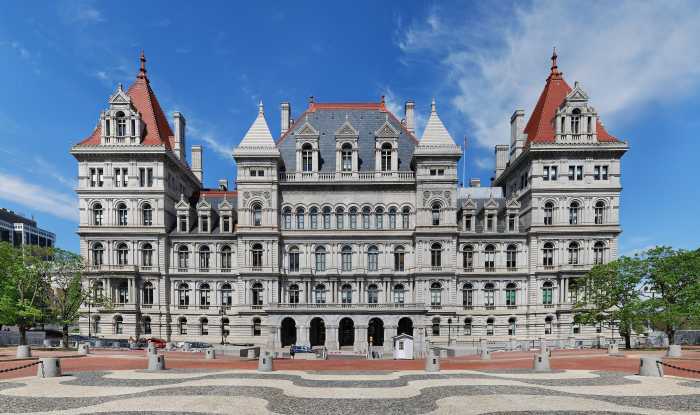Rudolph Valentino was part of the wave of early filmmaking on Long Island.
“At the dawn of the 20th century, with the opening of one of the first film studios in the Bay Shore area, the South Shore became more than just a resort destination. The cool ocean breeze and the renowned resorts made these communities a place for actors to develop their craft,” explained Bay Shore Historical Society President Barry R. Dlouhy.
Throughout the early to late 1920s, actors and actresses such as Charlie Chaplin, Roscoe “Fatty” Arbuckle, Mae West, and Anita Stewart graced many South Shore communities. However, one of the most elusive figures was the early heartthrob Rudolph Valentino, whose connection to the South Shore is debated to this day.
Known for his roles in The Sheik, The Four Horsemen of the Apocalypse, and The Son of the Sheik, Valentino began his career from humble beginnings. As a late teenager, before embarking on his career, Valentino worked as a landscaper for the Secretary of the Interior, Cornelius Newton Bliss Jr., in Brookville, Nassau County. His employment with Bliss was brief, and he soon found himself homeless in Central Park until he was hired as an extra on a film set.
While Valentino was discovering his talent, developer Frederick J. Quimby was acquiring land that encompassed the old William Tangier Smith estate, which is now known as Smith Point and Mastic. Advertising a vision for a resort community that will rival Atlantic City, Quimby accumulated tens of thousands of dollars from investors under his Tangier Manor Corporation. By 1916, the only construction completed by Quimby’s development company was a temporary bridge connecting the mainland to Smith Point. In the fall of 1921, Quimby and his wife, Rose, who were living an extravagant life funded by the investors, skipped town with the remaining funds. Within a few months on the run, they were caught in Kansas City by law enforcement with their remaining $40,000. The foreclosed land became an affordable location for artists and experimental film.
East of Smith Point, the production company Famous Players-Lasky (present-day Kaufman Astoria Studios) was experimenting with the dunes of Montauk for desert scenes in the movie The Sheik, which starred Valentino. With the box office success, a sequel was planned with United Artists. According to TV and film historian Van Field, the desert scenes for Valentino’s last movie, Son of the Sheik, were filmed in Smith Point, as cited in eyewitness accounts from locals recalling the sight of camels, horses, and film crews traveling over Quimby’s Bridge. The dunes and the cost effective rental rates made it an economical and desirable location. However, counter to Field’s claim was Emily Wortis Leider’s book, Dark Lover: The Life and Death of Rudolph Valentino, which argues that the sequel was filmed in Yuma, Arizona, the location utilized by United Artists for such scenes. Perhaps both accounts have some truth. Film footage could have been shot in both locations. The historical debate over the iconic movie would be just as controversial as Valentino’s looming last act and posthumous promotion.
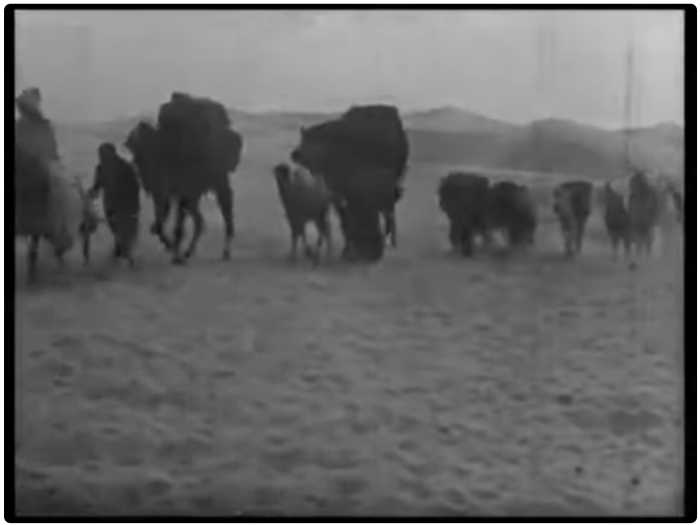
On August 23, 1926, Valentino died at the age of 31. His fan base’s reaction to his death came with mass hysteria, which included cases of women committing suicide while holding pictures of Valentino.
The following day, New York City’s Frank E. Campbell Funeral Chapel held evening services, which attracted a crowd of 30,000 people attempting to gawk at his remains. During the memorial service, Valentino’s girlfriend and actress, Pola Negri, staged a dramatic scene by throwing herself across his body and fainting, which further stirred rumors outside the funeral home that there was a medical emergency.
Around midnight, ten men in black shirts from the Fascist League of North America arrived, demanding to be let in because they were ordered to stand guard over the body throughout the night and into the day. Initially hesitant to let the Blackshirts in, the police were informed that Italian dictator Benito Mussolini ordered the men to conduct the watch over the body and place a ceremonial wreath on the coffin.
The following day, police security was increased due to the Anti-Fascist Alliance of North America protesting the attendance of the Blackshirt members at the funeral home.
Representatives of the Anti-Fascist Alliance explained to Valentino’s manager, S. George Ullman, that Valentino had renounced his Italian citizenship and expressed concern over Mussolini’s rise to power. In cooperation with the funeral home staff and city detectives, the Blackshirts who remained on honor guard duty were escorted back to their offices. The following day, Ullman declared that the public service was completed, and the remaining memorial would be private.
Valentino would be buried in Hollywood, which furthered the elusive history of his life in New York. As for most of Long Island’s legacy, the early film industry’s second act was lost to suburban development and strip malls.
